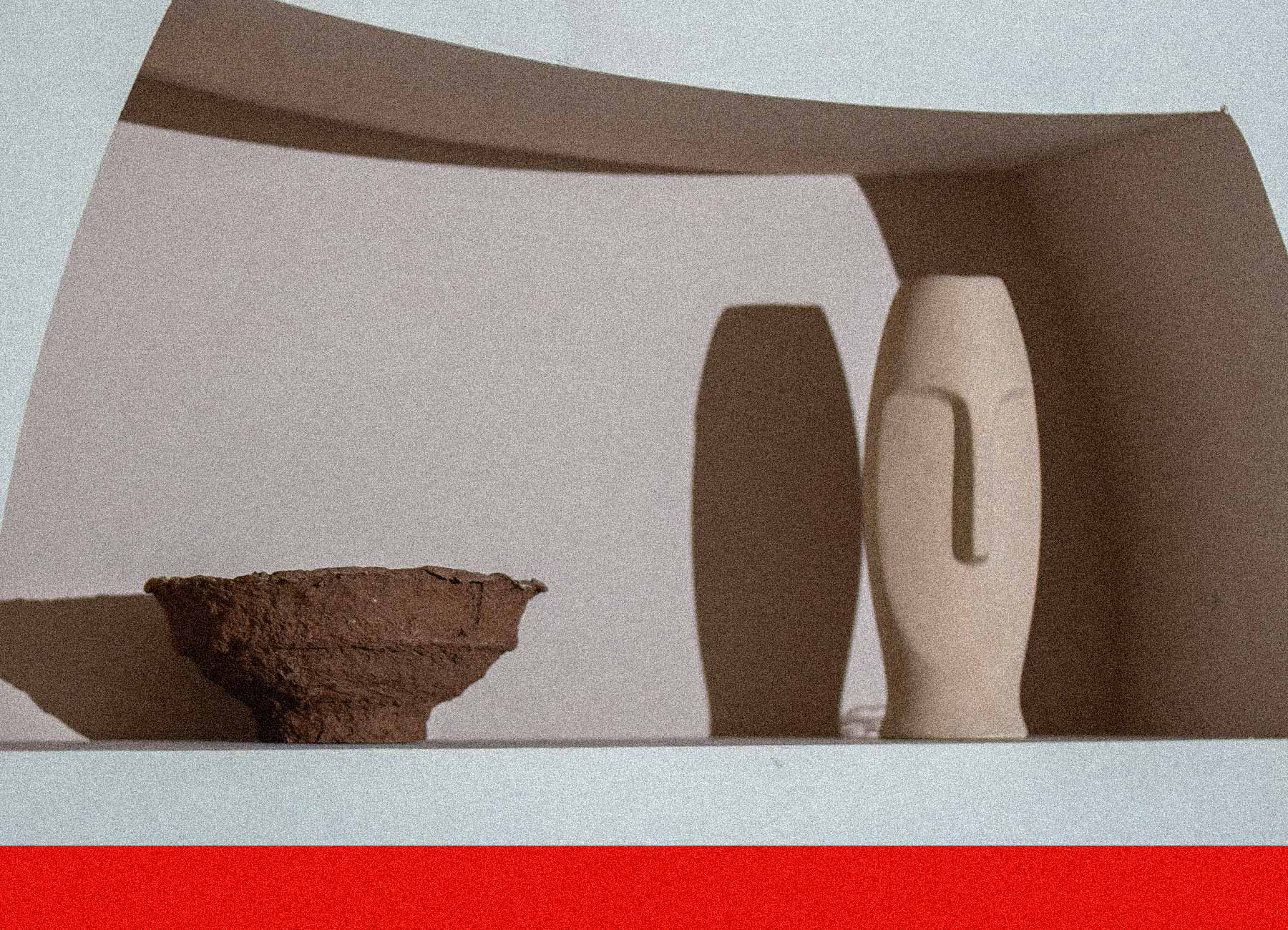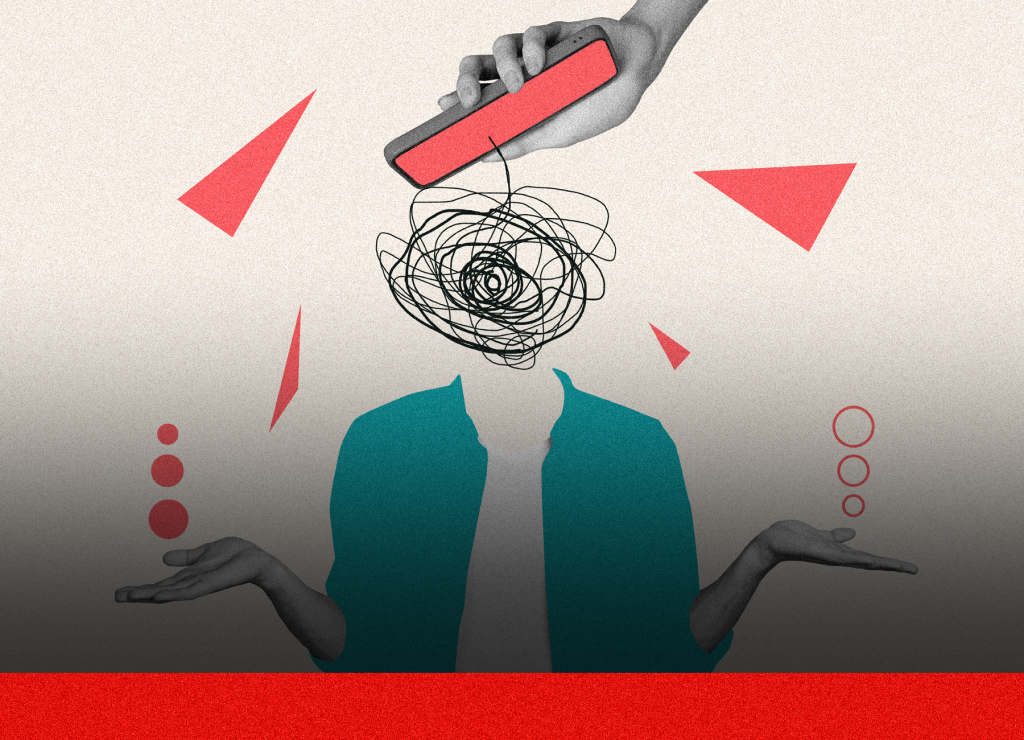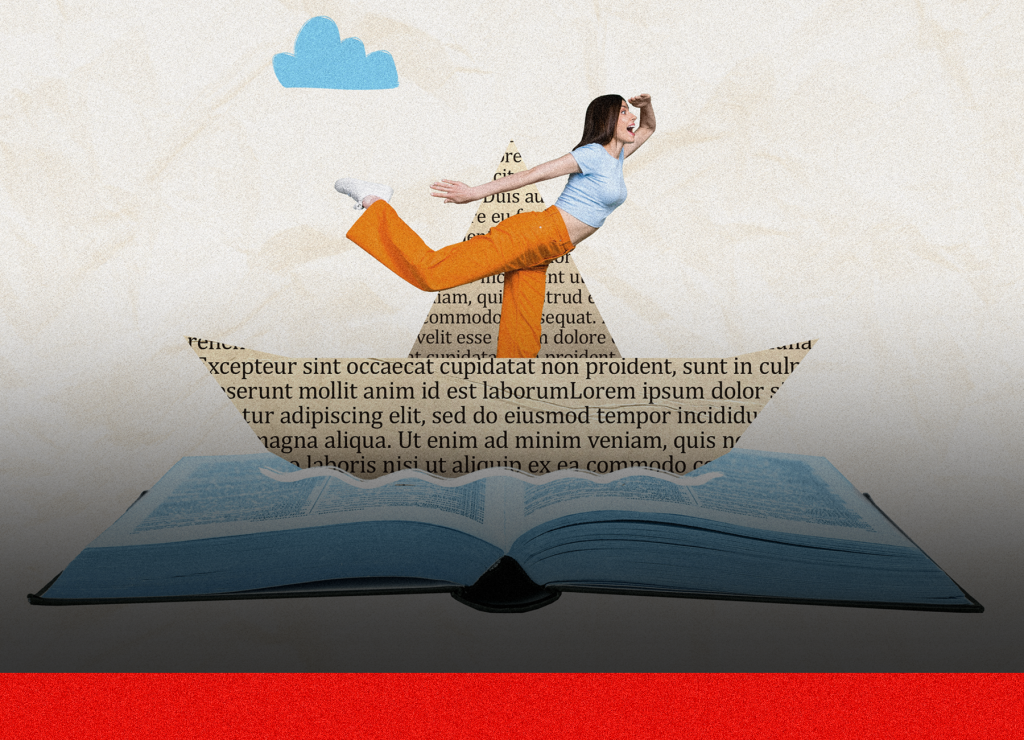
As a designer, I’ve always been searching for better ways to help people see what I see. My world is mostly digital—branding systems, interfaces, campaign visuals—and while screens are where the work lives, presenting flat files never felt like enough. I wanted my clients to feel the depth, the context, the experience of the work.
That’s why discovering clay perspective mock-ups has been a game changer for me.
At first, I thought mock-ups were just about dropping designs onto stock templates of billboards, phones, or packaging. They served a purpose, but sometimes they felt sterile—like the design was floating in an artificial, too-perfect world. Clay mock-ups, on the other hand, offer something different: a sense of realism without distraction.
There’s something about the “unfinished” quality of clay forms that actually highlights the design itself. The soft shadows, the neutral textures, the way the light falls across those rounded shapes—it all frames the work in a way that feels tactile and grounded, yet still leaves room for imagination. It’s not about selling a perfect fantasy. It’s about giving a sense of perspective.
The first time I used a clay mock-up to showcase a website concept, I was blown away by the response. Instead of focusing on the device or the environment around it, my client zeroed in on the design. They could picture it as real, but not too real—free of the distractions that sometimes come with photorealistic renders. It was almost like holding a sculptor’s model of the digital world: suggestive, dimensional, and alive.
What I love most is how versatile they are. I can use clay mock-ups to showcase a logo on packaging, a campaign graphic on signage, or a mobile interface on a phone—each one feels cohesive, modern, and a little unexpected. They elevate the work without overshadowing it.
For me, clay perspective mock-ups have become more than just a presentation trick. They’re a storytelling device. They bridge the gap between flat screens and the real world, reminding clients that design doesn’t live in isolation—it’s meant to be seen, held, and interacted with.
Now, whenever I wrap up a project, I look forward to creating clay mock-up visuals almost as much as the final design itself. They’re my new favorite way to bring digital ideas into three-dimensional space—and to let the work breathe, shine, and be seen from fresh angles.
Sometimes, the smallest discovery opens up the biggest possibilities. For me, that’s what clay perspective mock-ups have done.

